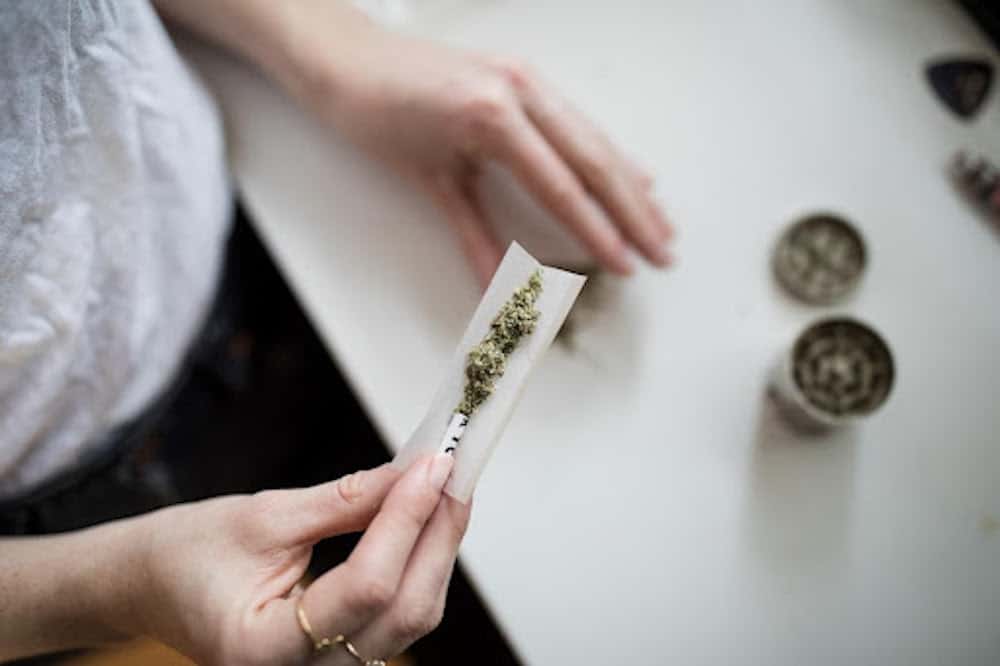Table of Contents
When you tell somebody you’re going to a headshop; it conjures up images of tapestries, strobe lights, and the aroma of incense and patchouli. However, did you ever stop to think about why headshops are called headshops? Headshops have a long, interesting history. They’ve evolved beyond brick-and-mortar stores into nationwide online headshops. Here’s everything you need to know about how headshops got their name, their history, and why they’ll never go out of fashion.
What is a Headshop?
Headshops are a one-stop shop for buying paraphernalia for smoking cannabis. It doesn’t sell cannabis. Otherwise, it would be a dispensary.
At a brick-and-mortar headshop, you can get a variety of smoking accessory essentials, including:
- Pipes
- Bongs
- Joint papers
- Lighters
- And more
Larger headshops will have more varieties of these staples. They might also offer other gadgets that amplify your smoke session, like Smoke Buddies, strobe lights, rolling trays, and more.
Headshops have evolved a lot over the last few decades, expanding their reach to the world wide web. At one time, it seemed unlawful to ship cannabis paraphernalia across state lines.
Now, ordering your smoking accessories online allows you unlimited options, the ability to compare prices while you shop, and unparalleled convenience. Let’s see how the headshop got here!
Why Is A Headshop Called A Headshop?
Tales grow with time, and so does the genesis of the word “headshop.” The term got popularized in the 1960s.
Among stoners, the word “head” was used affectionately. Headshops were where smokers would go to “get their head straight.”
Those who follow this logic believe that what they purchased at a headshop brought mental clarity and peace to those who sought it. It’s a portal of escapism and mind expansion. Jefferson Airplane said it best in the cult classic White Rabbit, “Feed your head!”
Frequent headshop visitors also willingly called themselves “potheads” and listened to psychedelic music at the headshop with other “Dead Heads.” Do you see where we’re getting here?
On the other hand, some believe the word headshop was derived from negative connotations. During the early 1900s, prohibitionists referred to people addicted to drugs as “heads.” Therefore, a headshop is where addicts get their fix.
Of course, today, headshops are seen in a much more favorable light. As cannabis legalization continues to sweep the nation, headshops are seeing a resurgence in our local communities and online!
Where Was the First Headshop?
The first headshop is another unknown in the history of cannabis. However, many tout The Psychadelic Shop in New York City as the first official headshop.
This store opened its doors on January 3, 1966. A few months later, another headshop opened in New York called “Headshop.”
From there, California saw a headshop boom, predominantly in the uber-progressive San Francisco area. These headshops would also serve as a safe haven during the HIV boom and when medical marijuana became legal in the 1990s.
Is It Spelled Headshop or Head Shop?
How the name “headshop” came to be isn’t the only arguable thing about headshop. Many people are also conflicted as to how to spell this smoker’s emporium.
Traditionally, many people spelled “headshop” as one word, as that was how it was spoken. Once texting took over our communication, more people started writing out “headshop” rather than spelling it. Along the way, separating “head” and “shop” became commonplace.
Spelling headshop as “headshop” or “head shop” is now widely accepted. However, OG smokers tend to lean towards merging the two words into one!

How Did Headshops Become Popular?
Headshops started off as a sanctuary for those who supported the counterculture. It was a non-descript way to get the tools you needed to enjoy your smoking session.
They also allowed people to network and create friendships with people who also enjoyed smoking. These meeting grounds were crucial because marijuana wasn’t sold in dispensaries for almost a century!
When headshops started springing up, they had to be careful about how they marketed their products. All smoking paraphernalia was sold under the presumption that customers were using the tools to smoke tobacco, not marijuana.
Today, customers walk into headshops and have open conversations about the products they’re interested in trying and how they plan to use them. This freedom certainly wasn’t the case back in the day.
In the past, customers would get removed from the premises for implying that the pipes or rolling papers they planned on buying were going to be used for weed.
No need to worry about these problems today. You can shop freely at brick-and-mortar headshops and online headshops across the globe!


